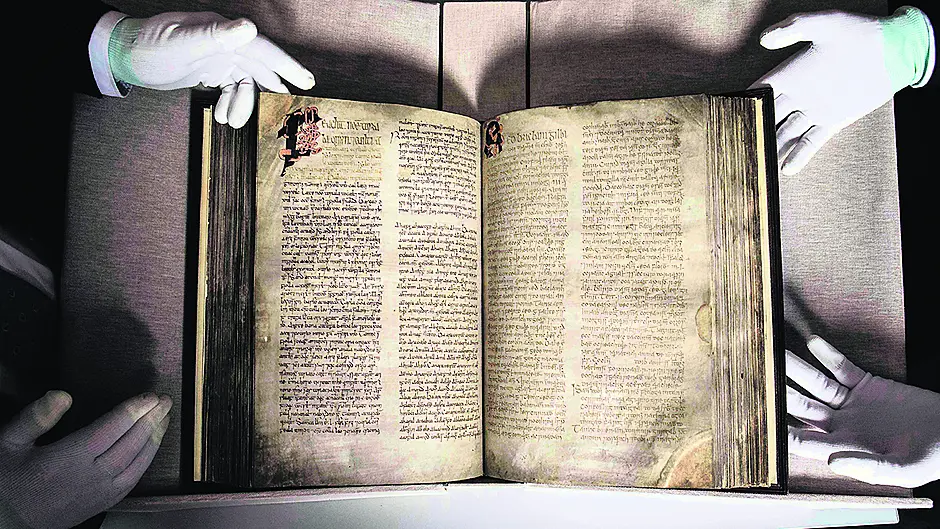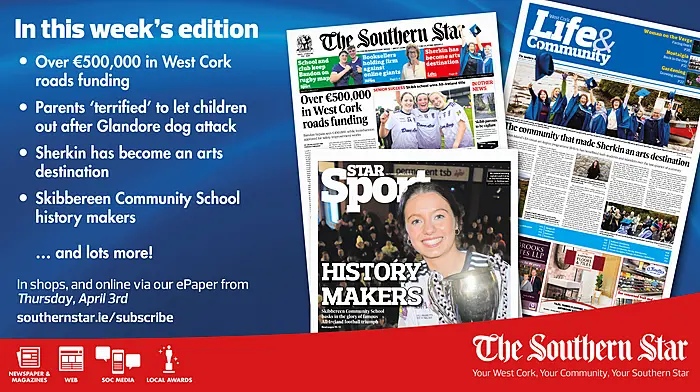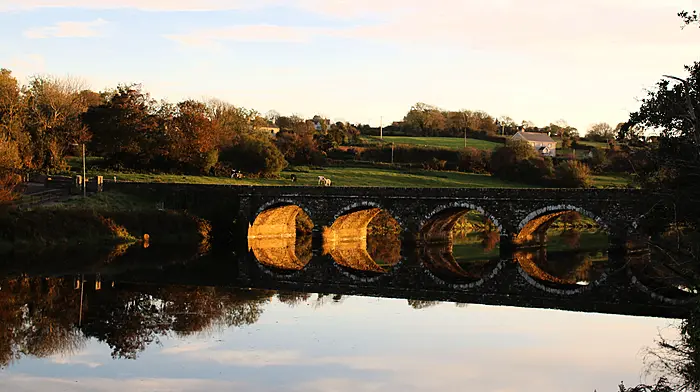CALLS have been made for the valuable medieval manuscript The Book of Lismore to be renamed The Book of Kilbrittain because it was written there, and was only found in Lismore.
Regarded as one of the Great Books of Ireland and a crucial part of the Gaelic heritage of Ireland, it has been donated to University College Cork (UCC) where it will go on public display.
It was written in Kilbrittain Castle for Lord Carbery in the 15th century, and it has strong ties to a Franciscan house in Timoleague, which has prompted some calls on social media for it to be renamed to reflect this.
Evidence suggests that it was kept at Kilbrittain Castle, the Mac Carthaigh Riabhach residence, until the early 1640s, when, after capture in a siege, it was given into the possession of the Earl of Cork at Lismore Castle where it was discovered in 1814. In more recent times it was kept at Chatsworth House in Derbyshire. Trustees of the Chatsworth Settlement made the generous donation to UCC.
Taoiseach Micheál Martin welcomed the manuscript’s return to where it has its ancestral beginnings. He said it has experienced an ‘extraordinary journey during its lifetime’ and was read and studied by noblemen and women, scholars and scribes.
‘This eventful journey across the centuries, along with the fascinating nature of the book’s content has created a cultural resource that deserves to be cherished and studied at Cork,’ he said. Written on vellum, it contains the only surviving translation in Irish of the travels of Marco Polo.
It also contains religious material and includes the exploits of the popular mythological hero Fionn mac Cumhaill and the Fianna.
It will eventually be displayed in a Treasures Gallery that UCC plans to develop in its Boole Library.









